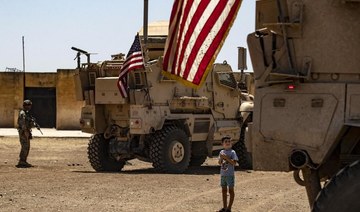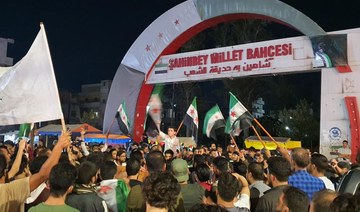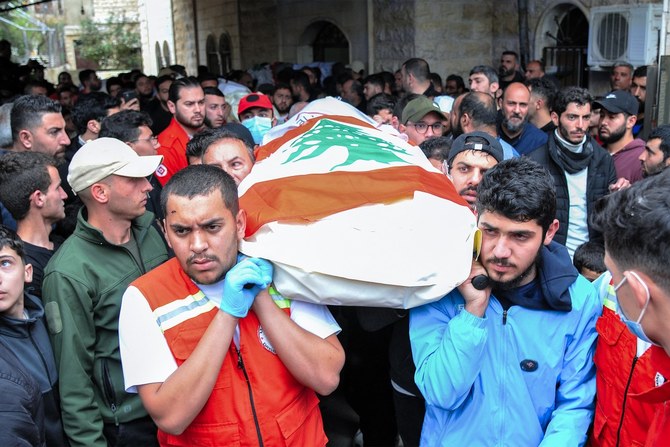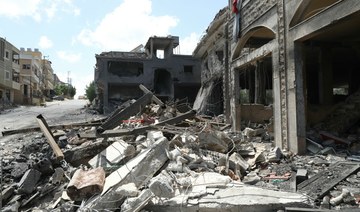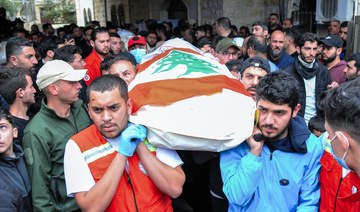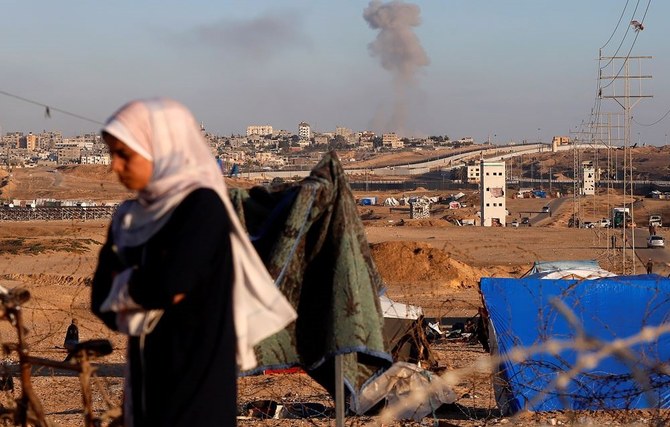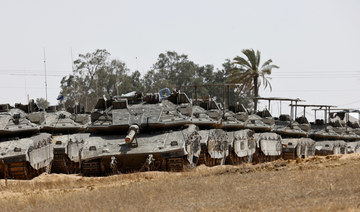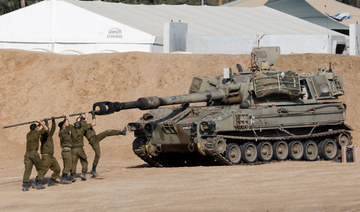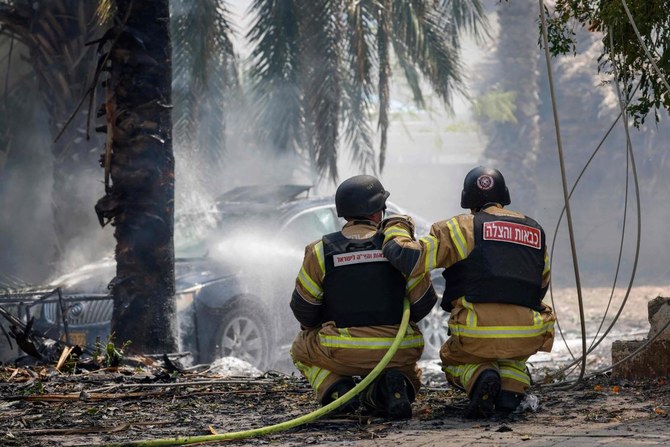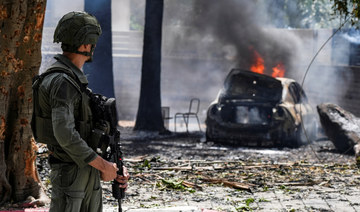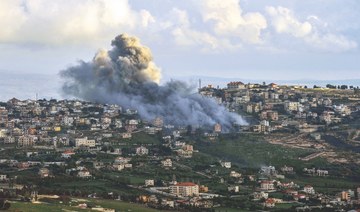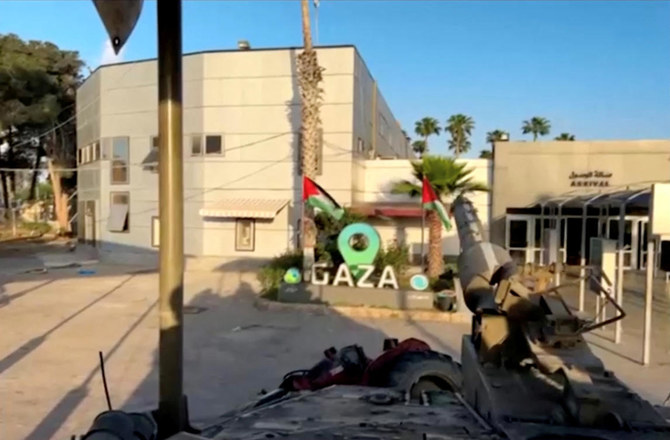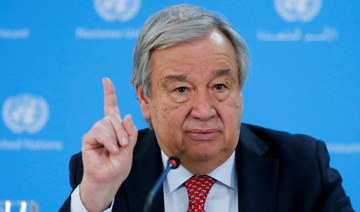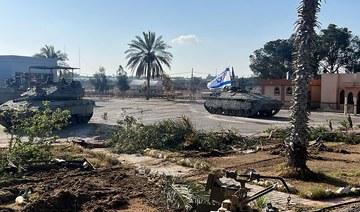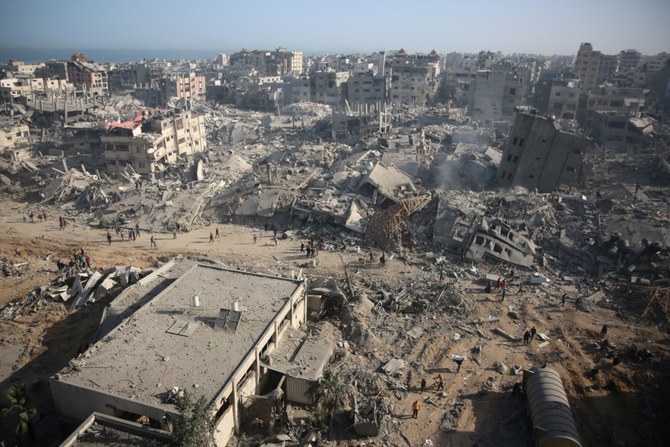ANKARA: Turkish Foreign Minister Mevlut Cavusoglu’s revelation that he met his Syrian counterpart Faisal Mekdad last October on the margins of the Non-Aligned Movement summit hinted at the possibility of Ankara and Damascus seeking political rapprochement after 11 years of a rupture in ties.
Cavusoglu reportedly talked with his counterpart in Serbia’s capital Belgrade about the need to come to terms with the opposition and the Assad regime in Syria for a lasting peace.
The Turkish foreign minister emphasized that his country supported Syria’s territorial integrity as “the border integrity, territorial integrity and peace of a country next to us directly affect us.”
The pro-government Turkiye newspaper recently claimed that Assad and Erdogan may hold a telephone conservation after Russian President Vladimir Putin proposed this during his recent meeting with Erdogan in Sochi. However, Cavusoglu denied rumors about any talks between the Syrian and Turkish presidents.
Having conducted four cross-border military operations in Syria since the start of civil war in 2011 to clear its border from terror groups, Turkey also has a significant military presence through observation posts in northern parts of the country.
Since 2017, Turkey, Iran and Russia have come together through Astana meetings to try to bring the warring sides in Syria toward finding a permanent solution to the war.
It is not a secret that the Turkish and Syrian intelligence services have been communicating.
However, as Turkey has backed rebel groups fighting the Assad regime, the latest signs of a potential normalization of bilateral ties has angered opposition groups who held mass protests in several areas of northern Aleppo to demonstrate their objections, fearing renewed diplomatic contact with the Assad regime.
Turkey’s bid for peace with the Assad regime might also have repercussions for the fate of more than 3.7 million registered Syrian refugees in Turkey who have become a domestic politic issue due to the economic hardship the country is facing.
Before the outbreak of the civil war, Turkey and Syria had close relationships at the top level, often exemplified by the famous summer holiday of Syrian President Bashar Assad with his family at Turkey’s Aegean resort town of Bodrum where he also met Turkish Prime Minister Recep Tayyip Erdogan in 2008.
“Given the durability of the Assad regime, Ankara has to have a modus vivendi of sorts; in fact, it exists already at the level of intelligence agency chiefs,“ Rich Outzen, senior fellow at Atlantic Council and Jamestown Foundation, told Arab News.
“The political risk for President Erdogan of a rapid or warm reconciliation is incredibly high, though, so the understanding is likely to be incremental and limited,” Outzen said.
According to Outzen, botching re-engagement would mean compromising the viability of the Turkish-protected safe zone, leading to a new waves of refugees, or inviting new massacres by Assad among populations Ankara wants to protect and to remain in place.
“Yet the lack of a modus vivendi is also not sustainable over the long-term, because inevitably pressure will grow internationally and within Turkey for Turkish forces to have a pathway to withdrawal, even if the pathway is measured in multiple years,” he said.
For that reason, Outzen thinks that fears of a rash or rapid reconciliation or re-engagement are overstated.
“Putin, of course, pressures Erdogan to re-engage, but Erdogan will in my view resist any but the minimum measures to maintain his own freedom of maneuver in Syria,” he said. “As this week’s protests in the Safe Zone demonstrate, going too fast in this process can prompt a backlash among Syrians in northern Syria and perhaps ultimately in Turkey.”
According to Soner Cagaptay, director of the Turkish program at the Washington Institute, while Turkey’s endgame in Syria is an Erdogan-Assad handshake, Ankara and Damascus are moving northwestern Syria into a frozen conflict.
“I don’t think that an arrangement between Turkey and Syria will result in a complete reset of two countries borders and border affairs because many of the Syrians who live in the zones controlled by Turkish-backed forces have been already effectively cleansed by Assad, in some cases twice,” he told Arab News.
“There is zero chance that they would stay in Assad regime-controlled Syria if both leaders shake hands or make exchanges of territories,” he said.
Cagaptay thinks that Turkey will recognize Assad’s sovereignty over the area, but will continue to temporarily provide security as well as law and order in some in northwestern territories in Syria, while also keeping millions of Sunni Arabs Assad does not want and has no interest in making full citizens again.
“Assad may even come back to border stations with the Syrian republic flag and might begin to provide some of the social services,” he told Arab News.
For Cagaptay, the big favor that Turkey is doing for Assad is keeping Syrians refugees inside the country and in northwest Syria under Turkish control, and not forcing them to return to Syria.
“That is a huge favor to Assad because he used the war in Syria for ethnic engineering. Before the war, Sunni Arabs constituted over two-thirds of the Syrian population, but now they are under half. In return for that favor, Assad can propose to re-ingest the Syrian Kurdish militia YPG under his control. It is a good deal for Erdogan and Turkey,” he said.
Turkey considers the YPG a national security threat and the extension of the Kurdistan Workers’ Party that has waged a decades-long insurgency against the Turkish state.
For Aydin Sezer, an Ankara-based analyst, the possibility of re-engagement with the Assad regime will be used for domestic consumption ahead of the approaching election term scheduled for June 2023 at a time of deepening economic turmoil in Turkey.
“There is significant external pressure to make this reconciliation happen, while the economic burden of hosting millions of Syrian refugees inside Turkey and the rising cost of deploying military officers to the observation posts in Syria also make this issue financially important for the internal dynamics,” he told Arab News.
Turkey has about 5,000 troops within the areas it controls in Syria, along with some 8,000 soldiers around rebel-held Idlib province, whose maintenance is costing Ankara billions of dollars and risks confrontations with Assad and foreign powers over territory violation.
“Although the rapprochement cannot happen overnight, it is significant that the ruling government as well as the opposition parties have begun discussing it,” Sezer said.
Erdogan recently hinted at a fresh operation into Syria to create a 30 km-deep safe zone from the border to push back Kurdish militants, but any military activity does not look imminent following several warnings from regional powers.




